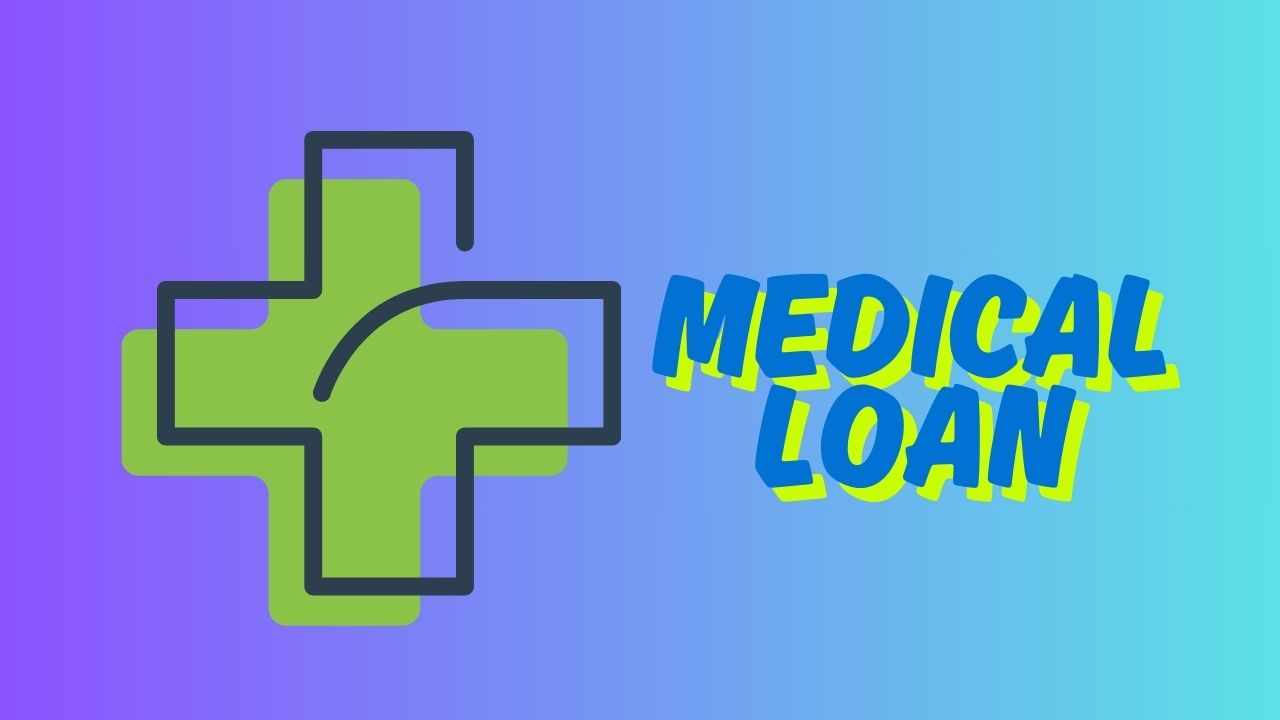
Medical emergencies are unpredictable and often come with high costs that can strain anyone’s finances. When faced with sudden hospitalization, surgeries, or urgent treatments, having quick access to funds is critical.
In such situations, many people wonder: Should I use a medical emergency loan or rely on my credit card? Both options have their pros and cons, so let’s break down which is better for managing urgent medical expenses.
What is a Medical Emergency Loan?
A medical emergency loan is a personal loan designed to help individuals cover unexpected healthcare costs. It is usually an unsecured loan, meaning no collateral is required, and the funds can be used exclusively for medical expenses like hospital bills, medications, diagnostics, or surgeries.
What About Credit Cards for Medical Expenses?
Credit cards are widely used for various payments, including medical bills. They offer instant credit with an easy payment method accepted by most hospitals and clinics. However, credit cards come with credit limits and interest rates that can significantly affect your repayment.
Comparing Medical Emergency Loans and Credit Cards
1. Approval and Availability
Medical Emergency Loan:
Approval for medical loans generally takes a bit longer than swiping a credit card but is still quite fast with online lenders offering instant approvals. However, your eligibility depends on your credit score and income.Credit Card:
Instant access to funds up to your credit limit. No need to apply or get approval during emergencies, making it convenient for urgent payments.
2. Interest Rates
Medical Emergency Loan:
Typically offers lower interest rates compared to credit cards. Many lenders provide competitive personal loan rates, sometimes starting as low as 10-12% annually.Credit Card:
Interest rates are generally higher, often between 24% to 40% per annum if you do not pay the full outstanding balance by the due date.
3. Repayment Flexibility
Medical Emergency Loan:
Repayment is structured into fixed monthly EMIs over a tenure of 12 to 60 months, helping you budget your finances better.Credit Card:
You have the flexibility to pay the minimum amount or full bill monthly. But carrying a balance incurs high-interest costs, and the repayment schedule is less predictable.
4. Loan Amount and Limits
Medical Emergency Loan:
You can apply for loan amounts based on your medical expenses, sometimes up to several lakhs, depending on your repayment capacity.Credit Card:
Limited by your credit limit, which may not be sufficient to cover high medical bills, especially for surgeries or prolonged hospitalization.
5. Additional Charges and Fees
Medical Emergency Loan:
Usually has processing fees and prepayment charges, but overall transparent charges.Credit Card:
Besides high-interest rates, credit cards may also have late payment fees, over-limit fees, and annual fees.
Which One Should You Choose?
Use a Medical Emergency Loan if:
You need a larger sum for expensive treatments, want lower interest rates, and prefer fixed monthly payments. It’s ideal if you want a clear repayment plan without the risk of ballooning interest.Use a Credit Card if:
Your medical bills are relatively low, and you can pay off the full amount within the interest-free grace period (usually 20-50 days). It’s also a good option for smaller emergencies or for quick payments when you don’t have time to apply for a loan.
Final Thoughts
Medical emergencies are stressful enough without financial worries adding to the burden. While credit cards offer convenience, medical emergency loans generally provide more manageable and affordable repayment options for larger expenses.










Write a comment ...